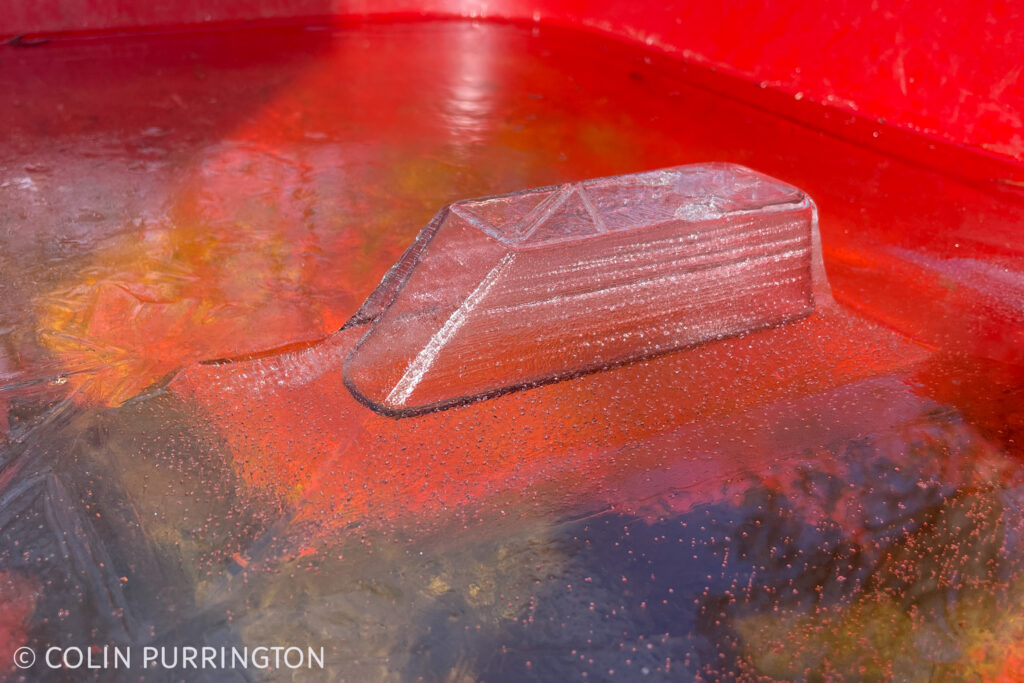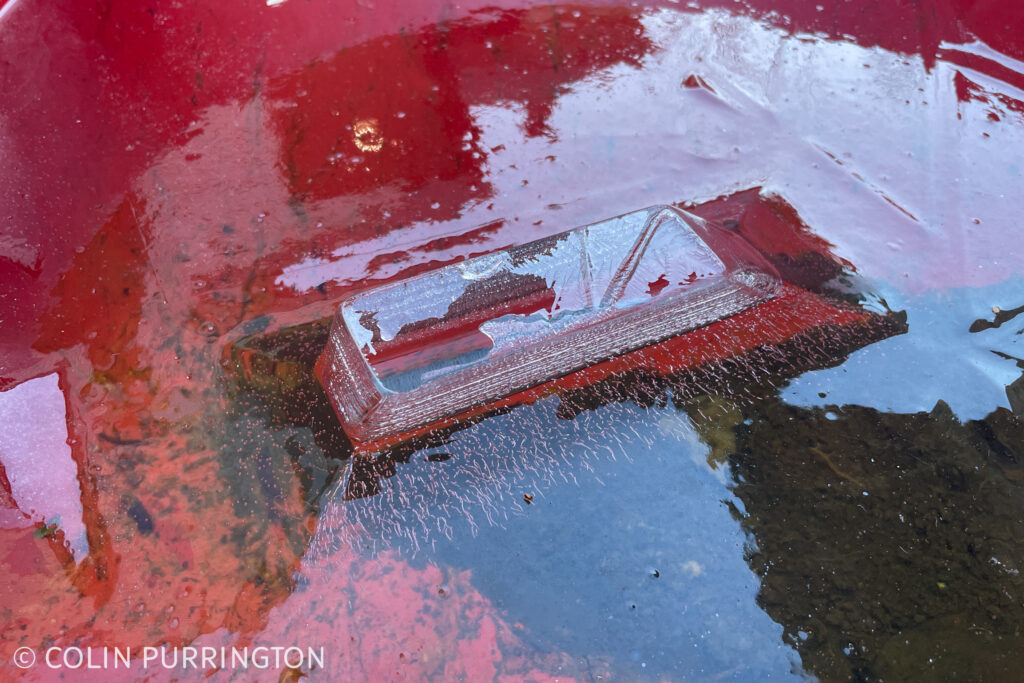In sad personal news, our beloved cat, Danderfluff Purrington, disappeared from the front yard on April 14th at approximately 5:15 pm. It was her birthday, too, and she was turning 18. I have reason to believe she was stolen so I’m making this post just in case it might help bring her back. Sealpoint tortoiseshell Himalayans (“tortie points”) are not particularly common, plus she’s a objectively a very, very pretty girl. Maybe some kind person out there will notice a for-sale listing and recognize her. It’s a complete long shot but I have to try.

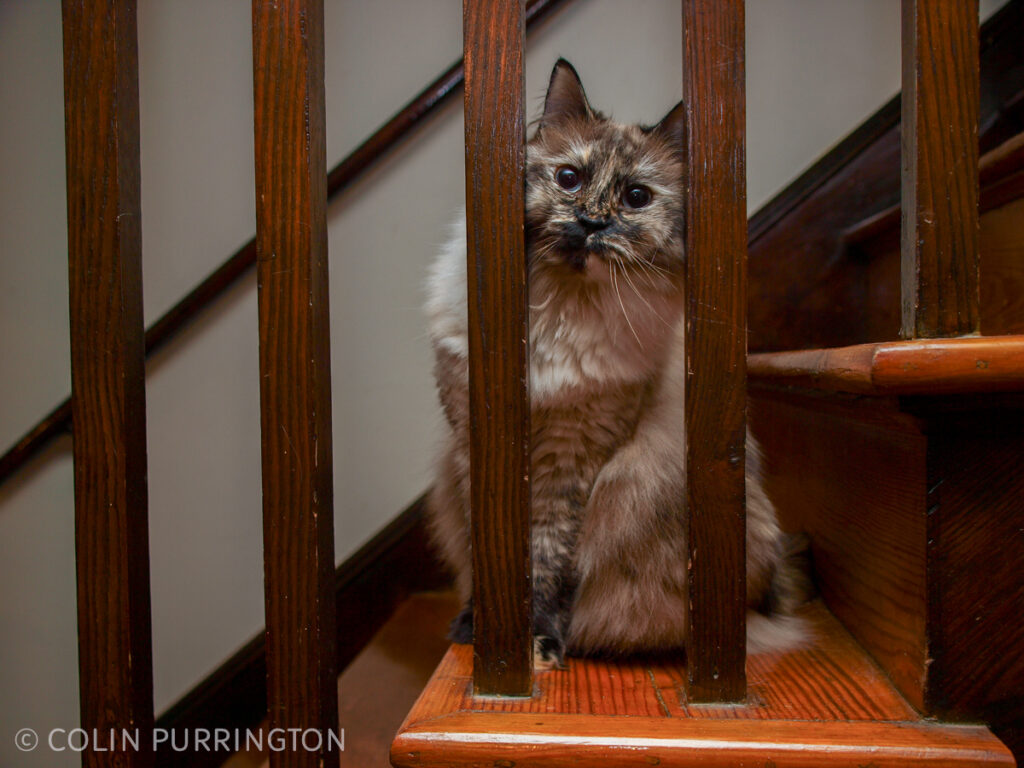
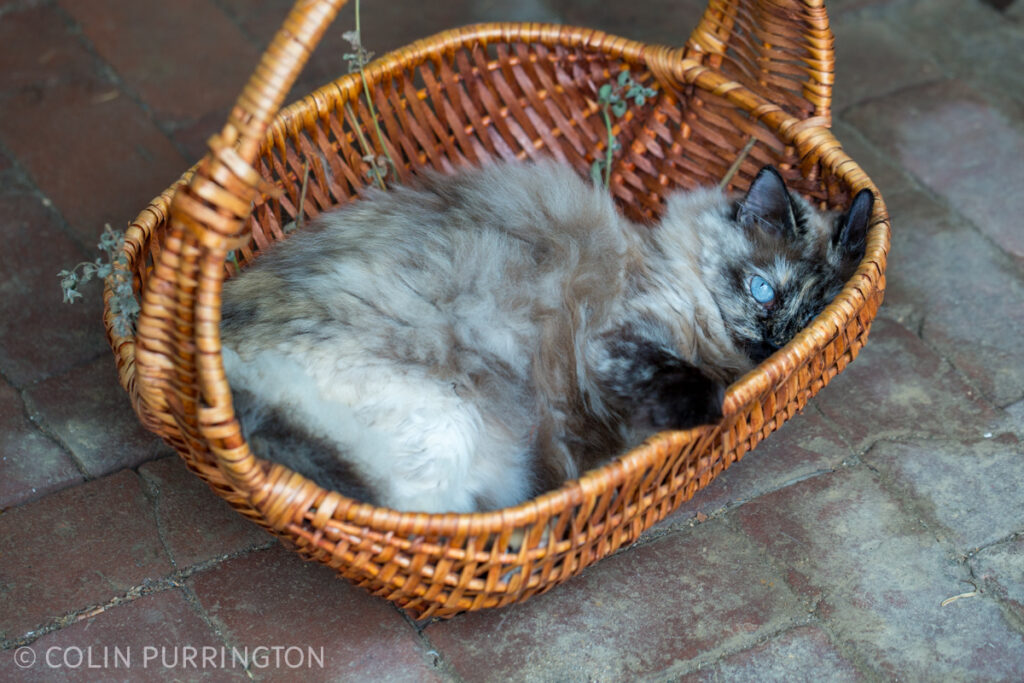
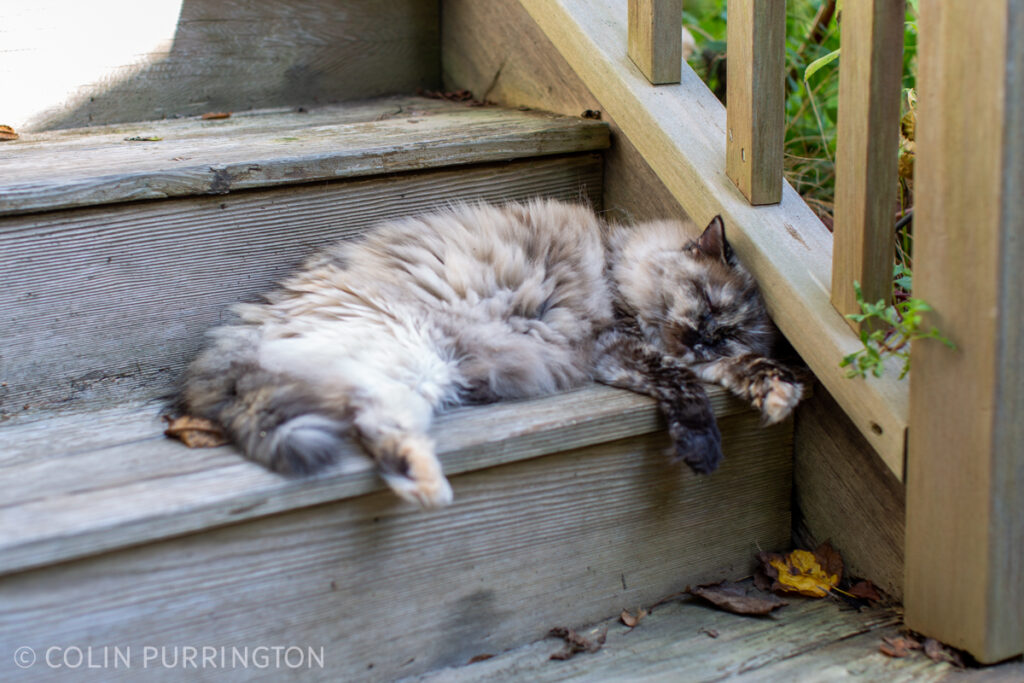
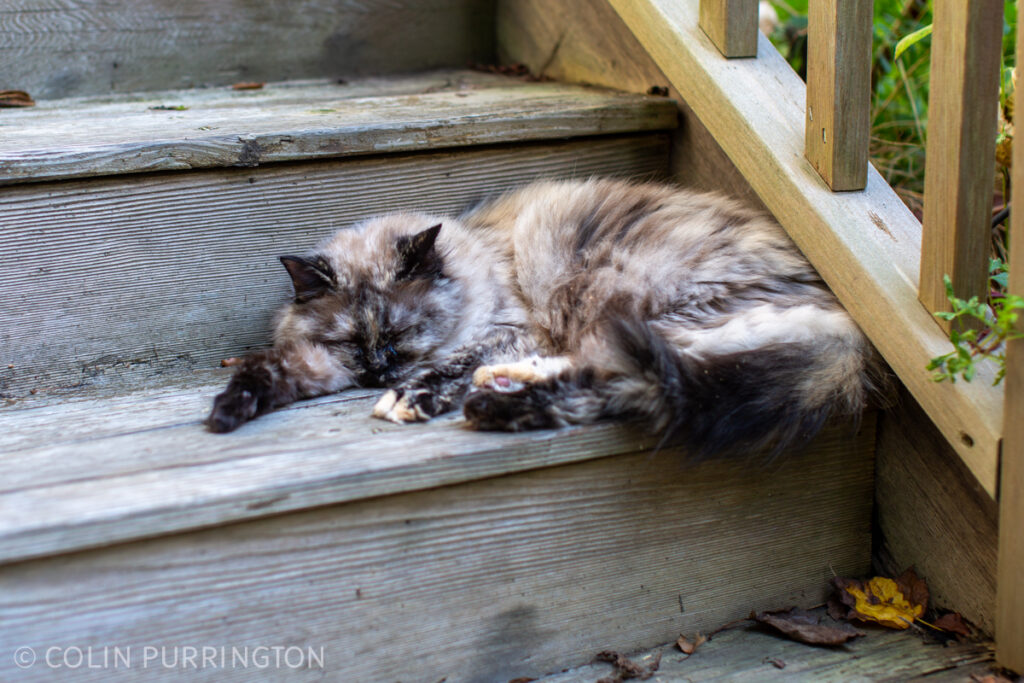
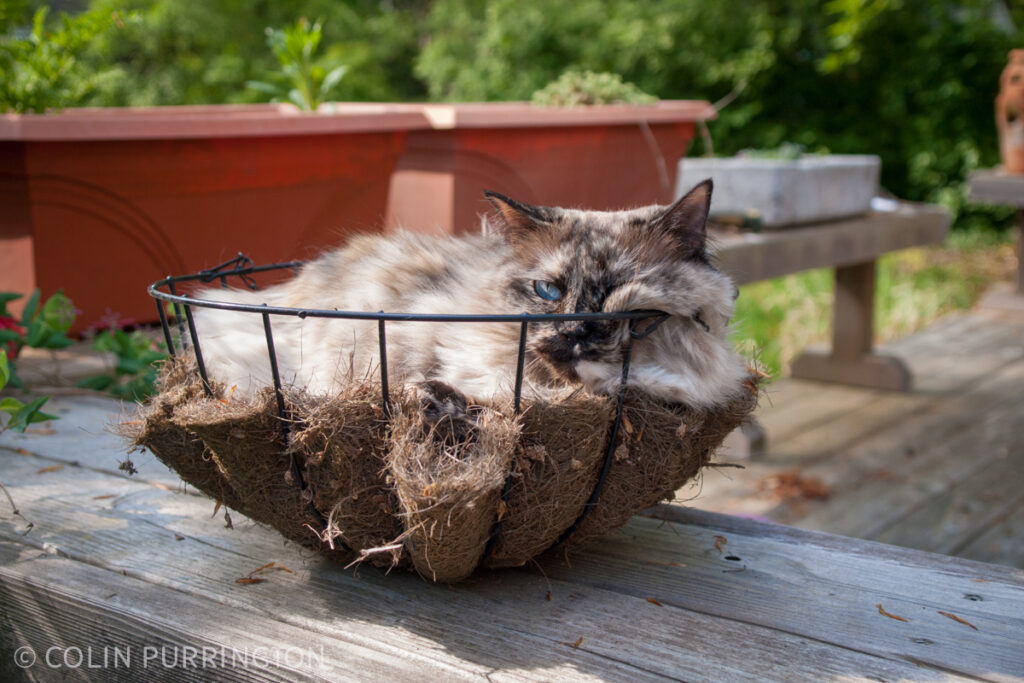
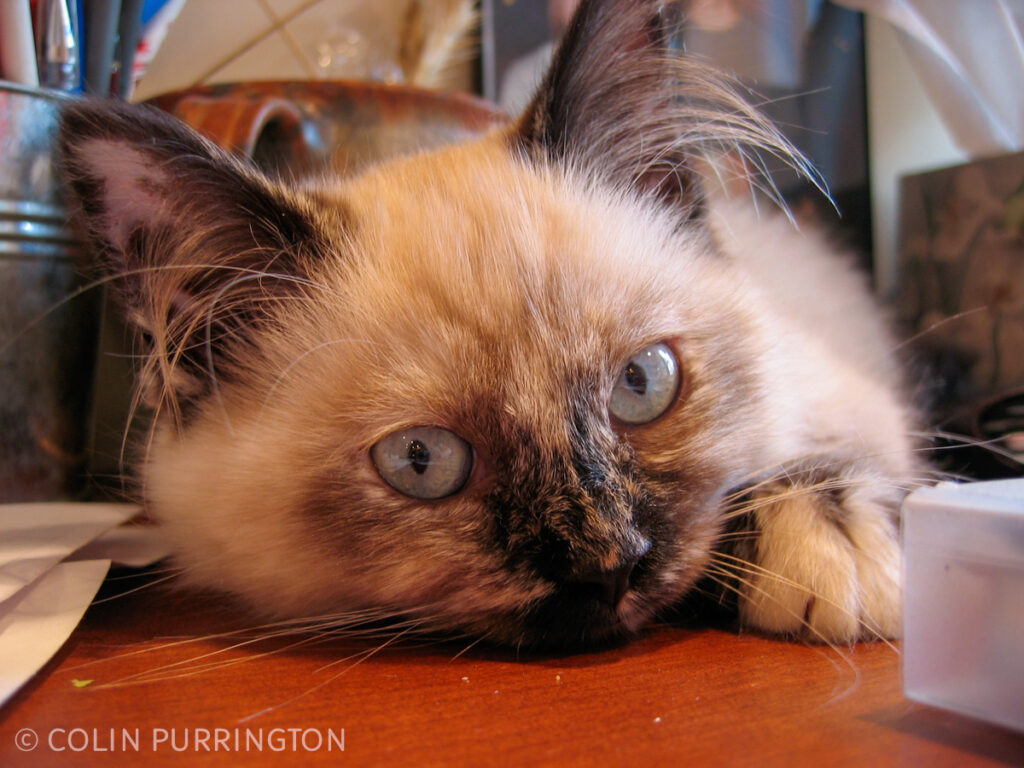
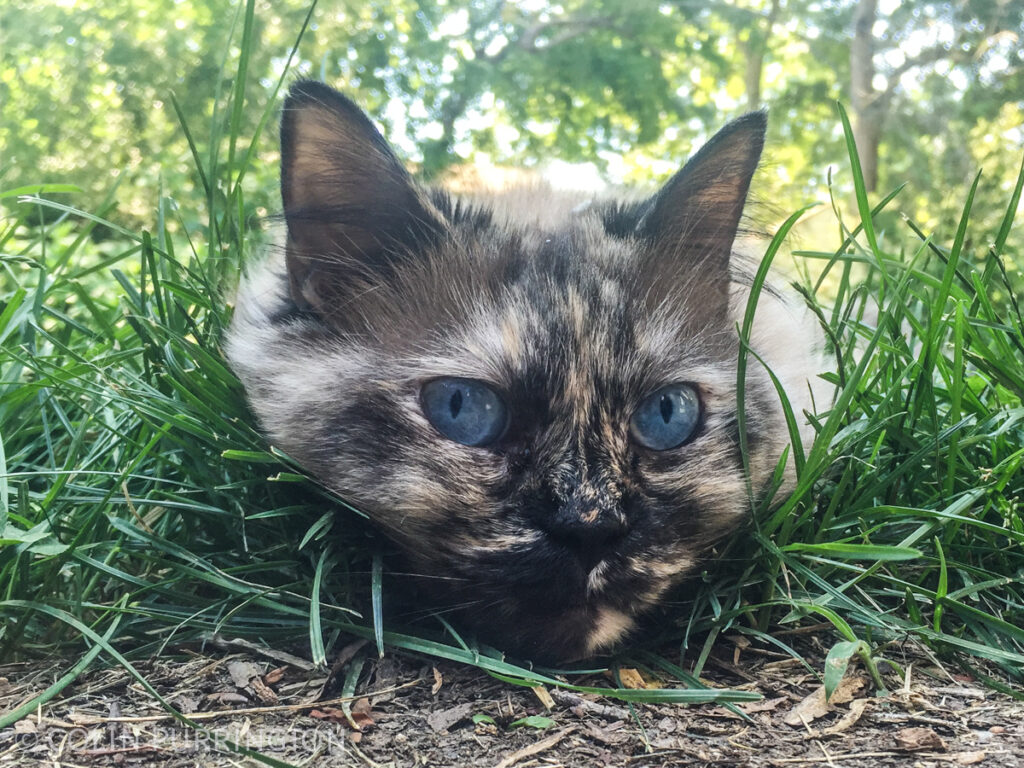
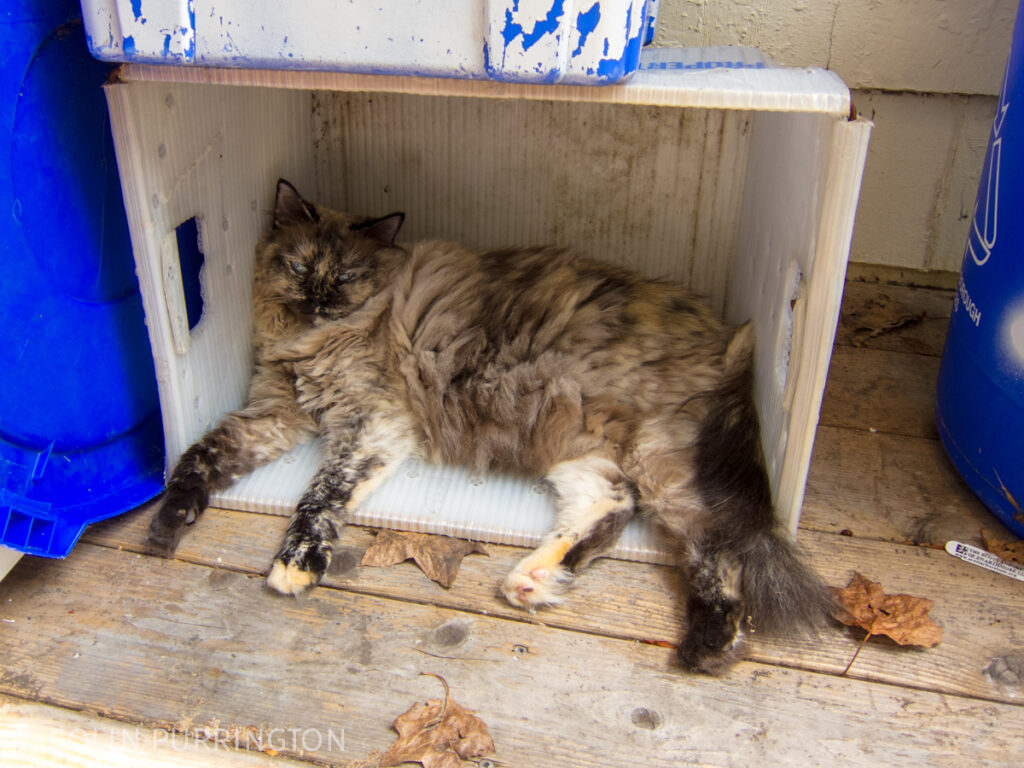

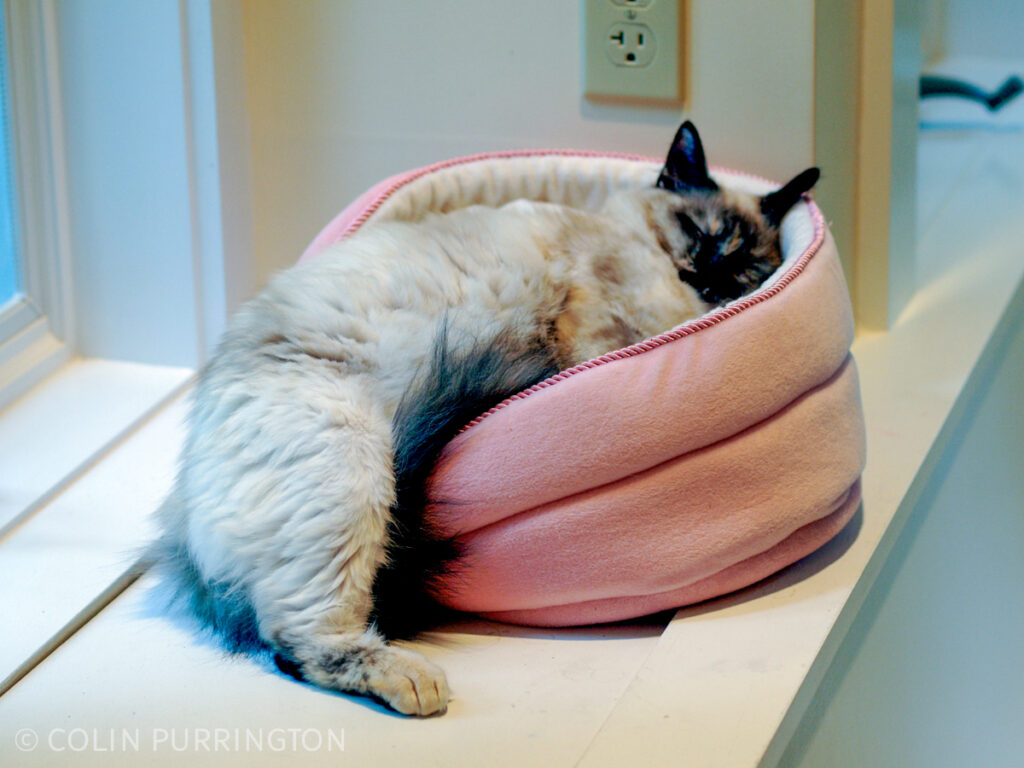
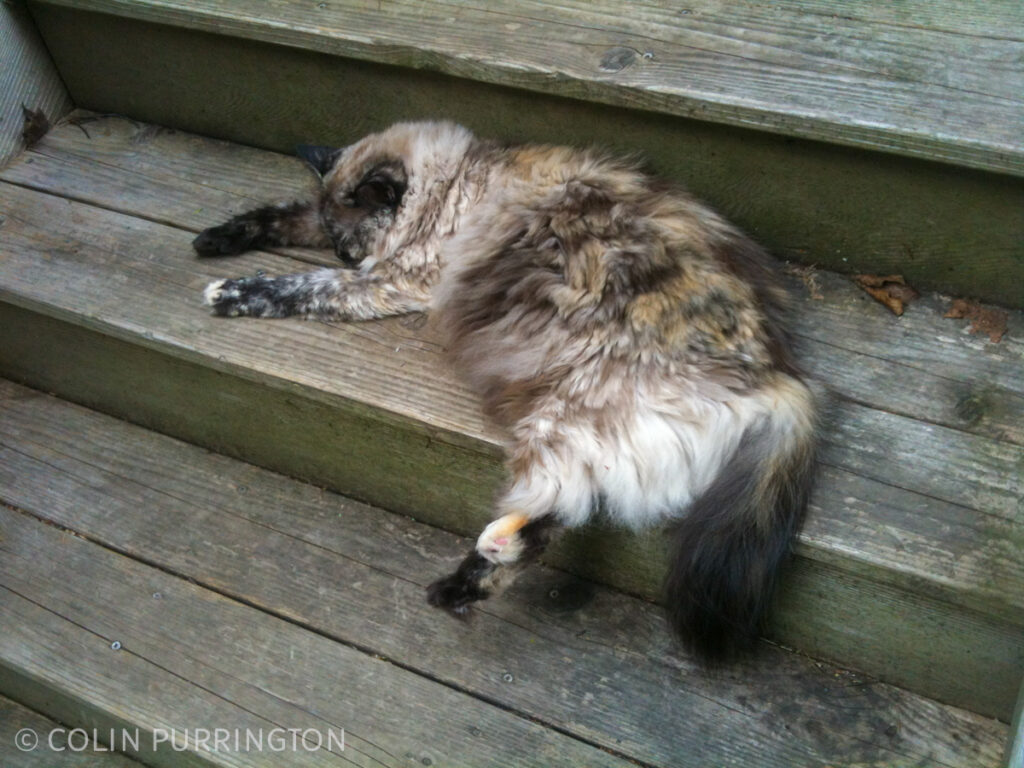
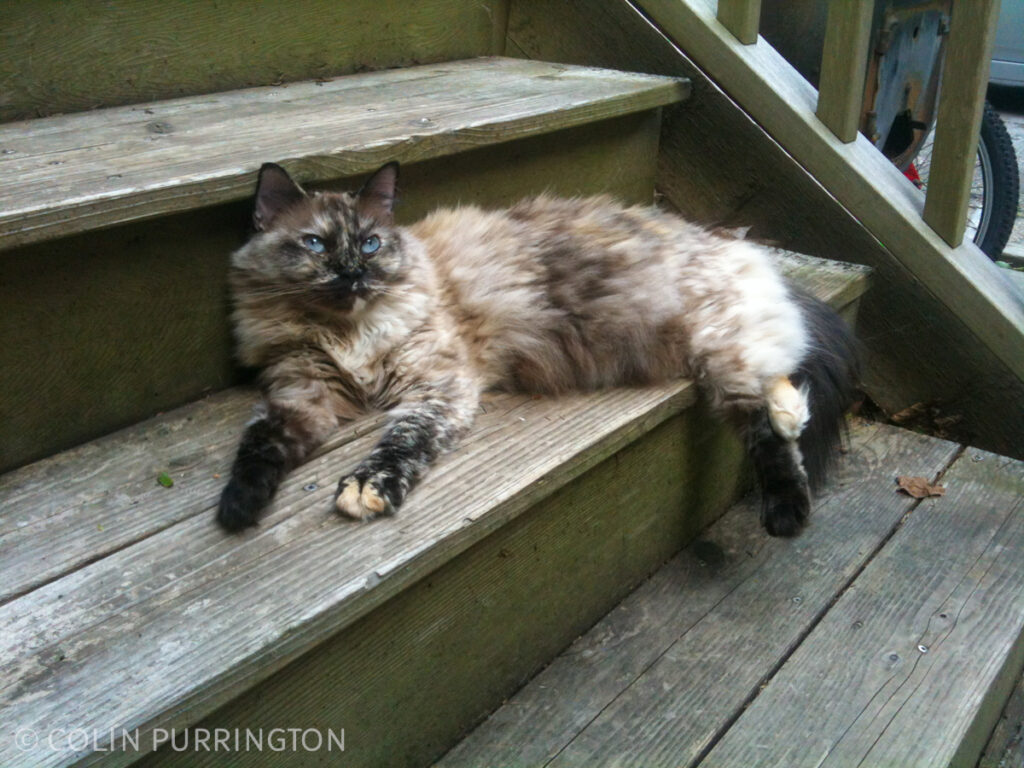

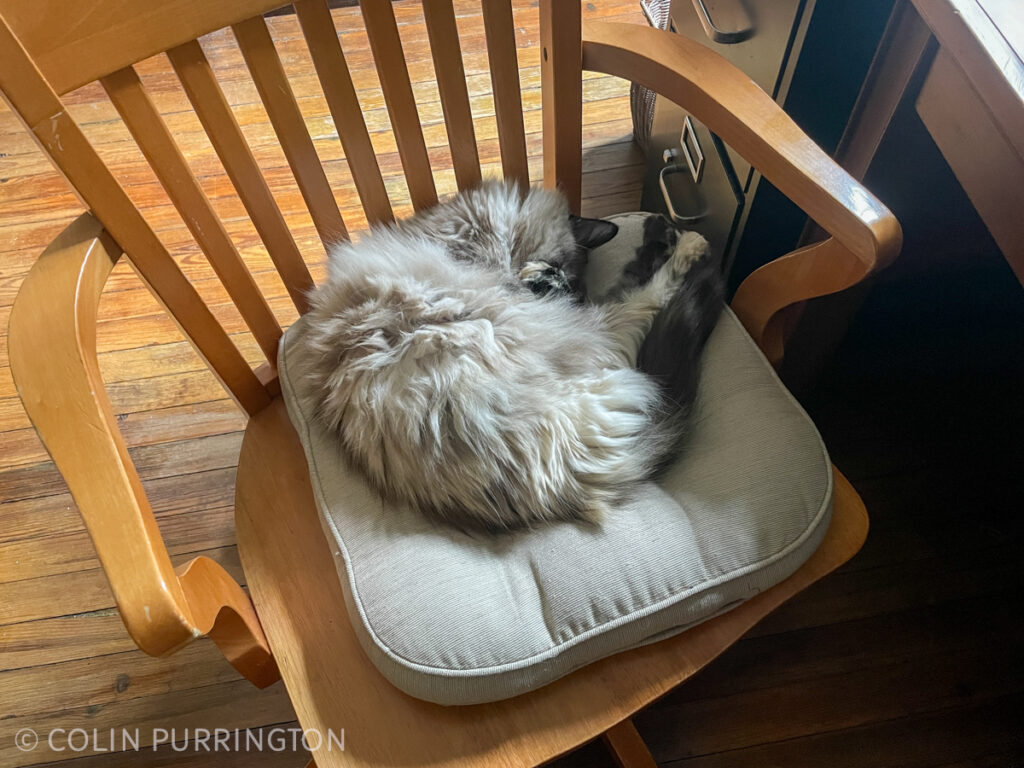
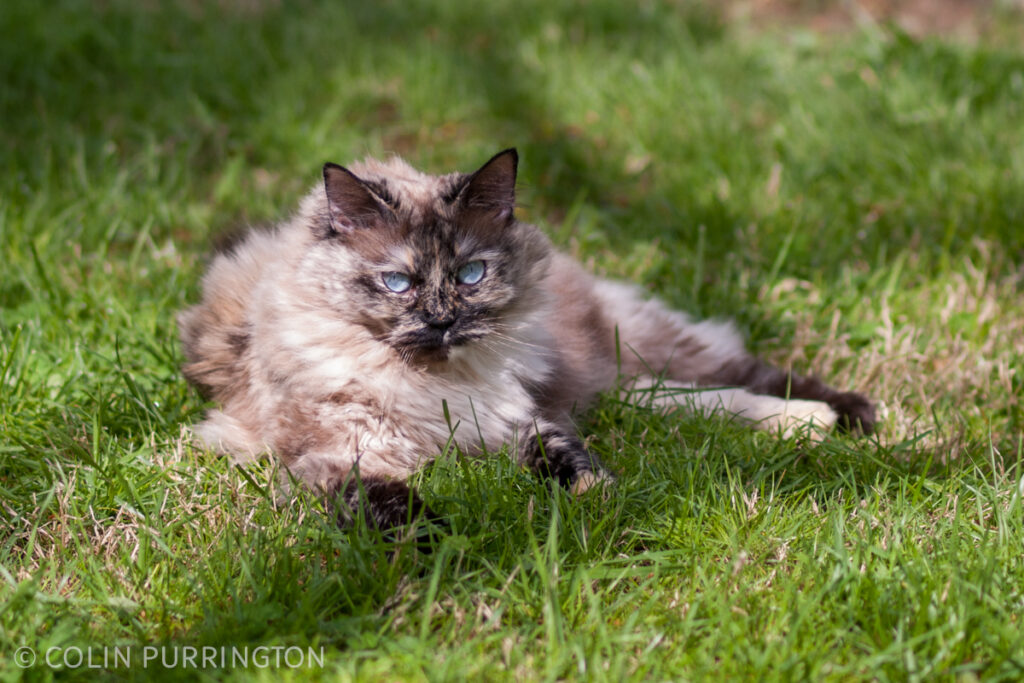
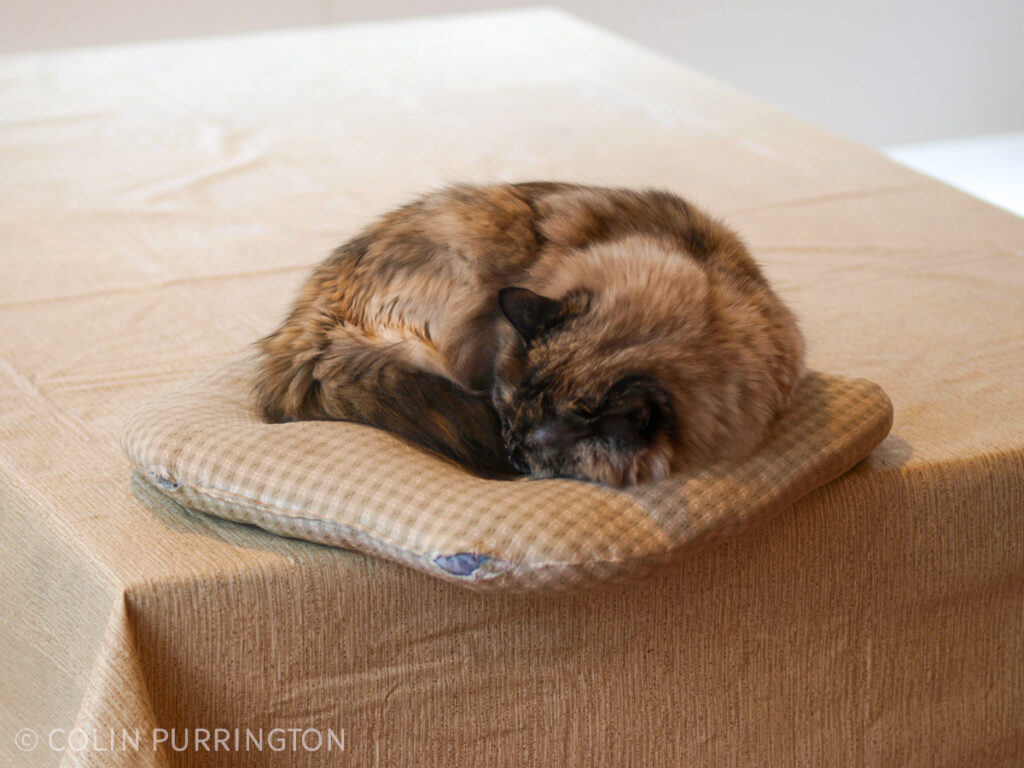
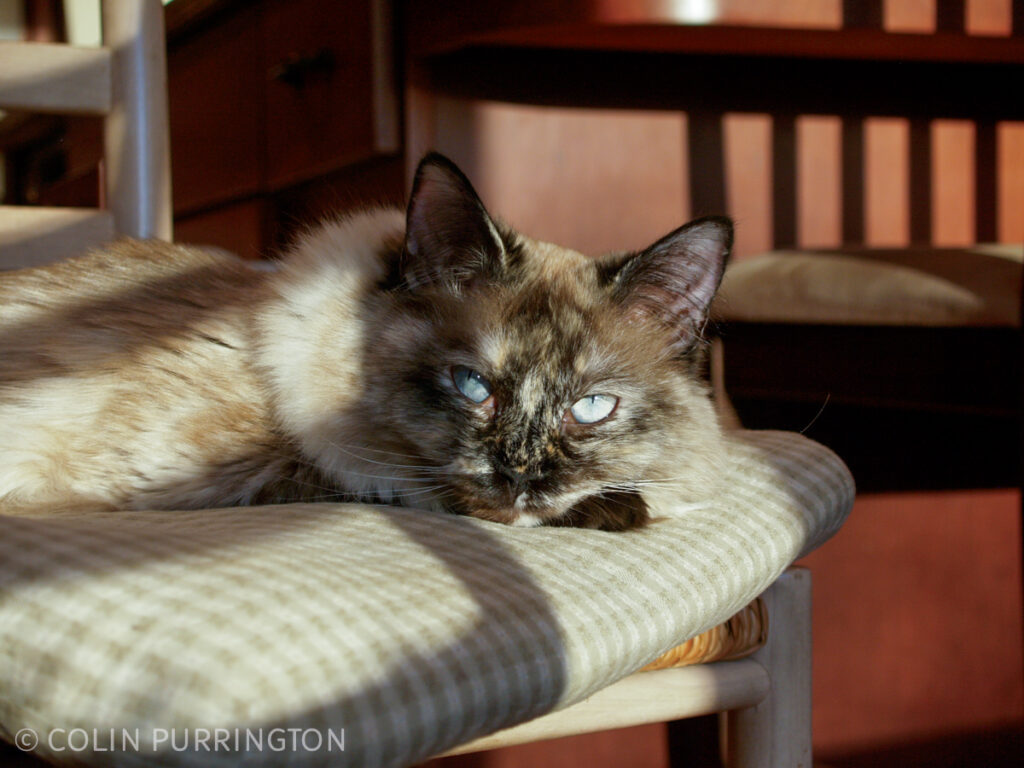
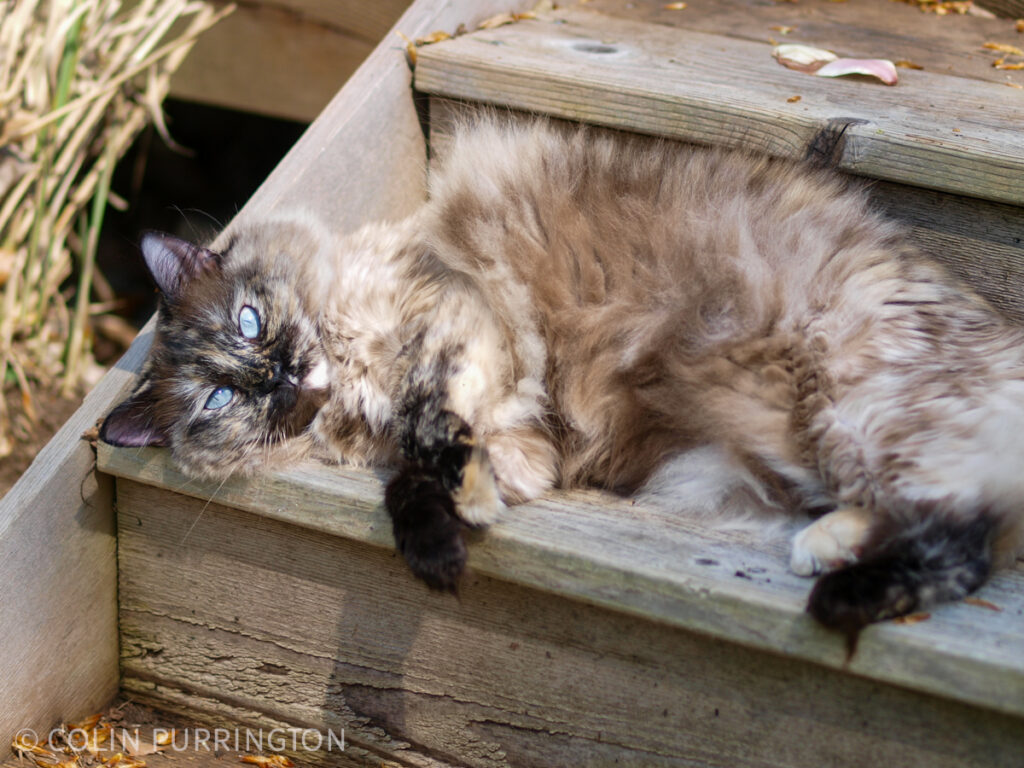

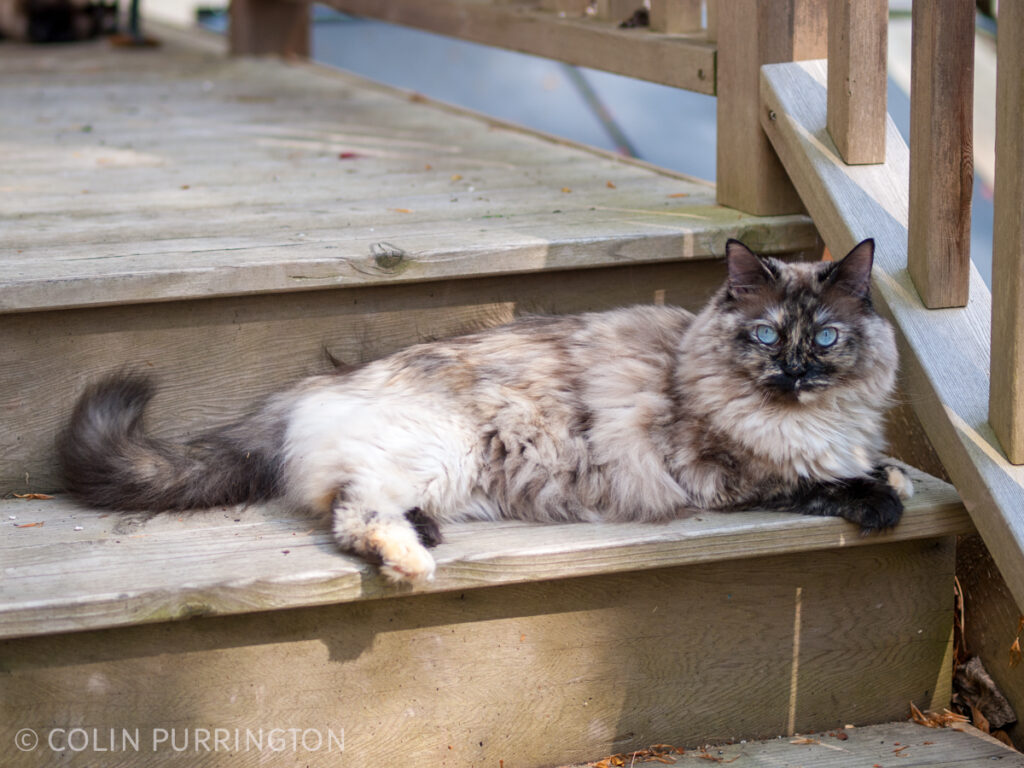
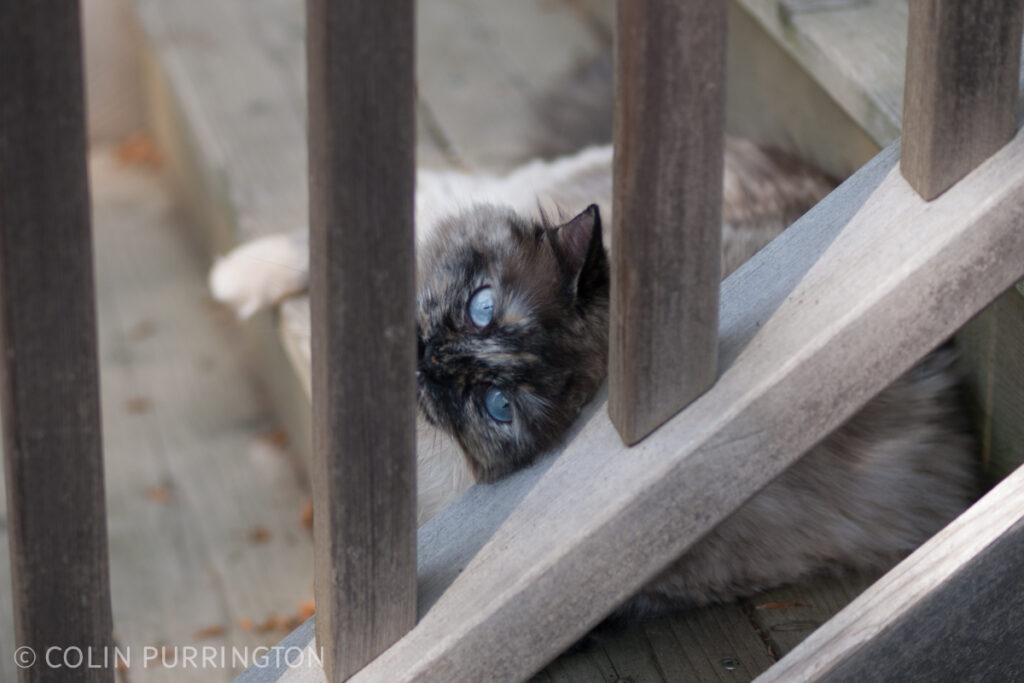



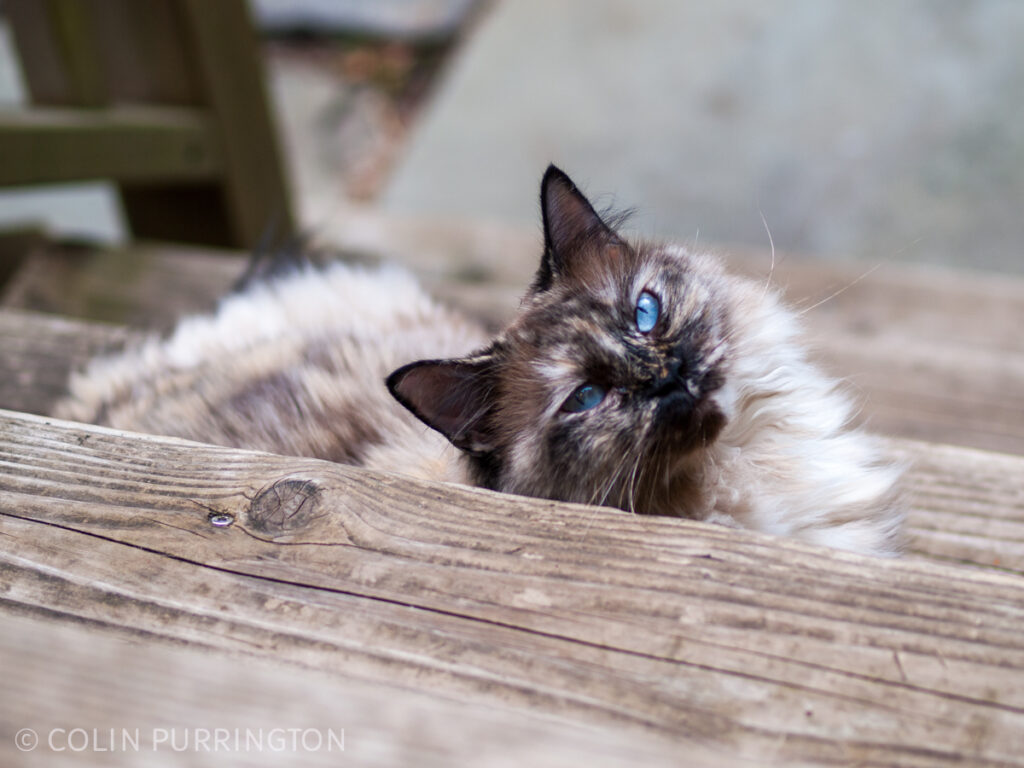
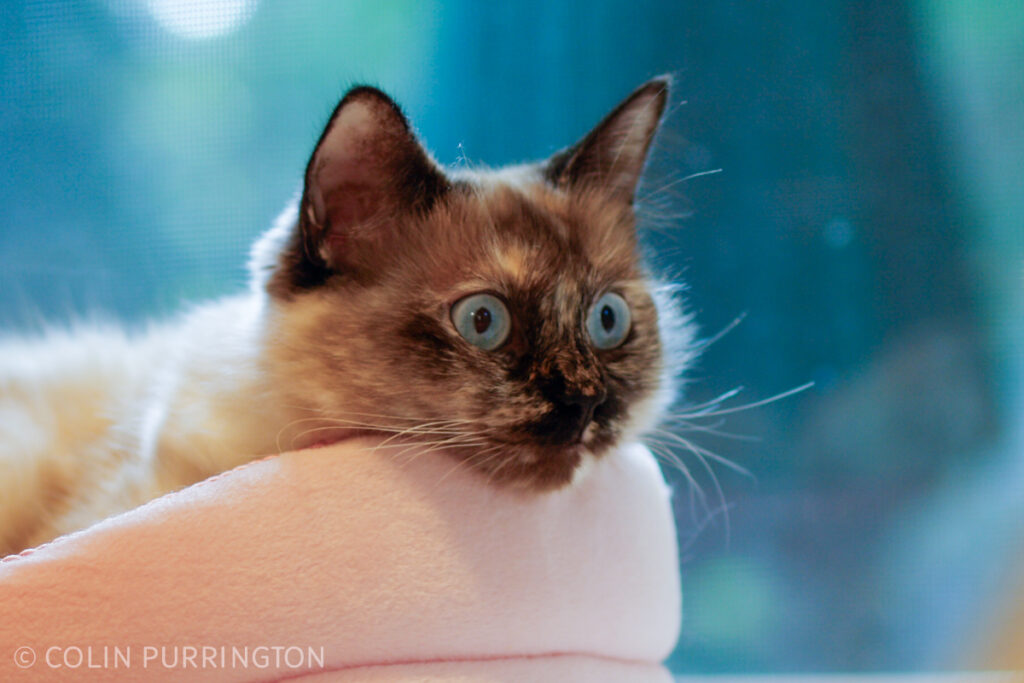
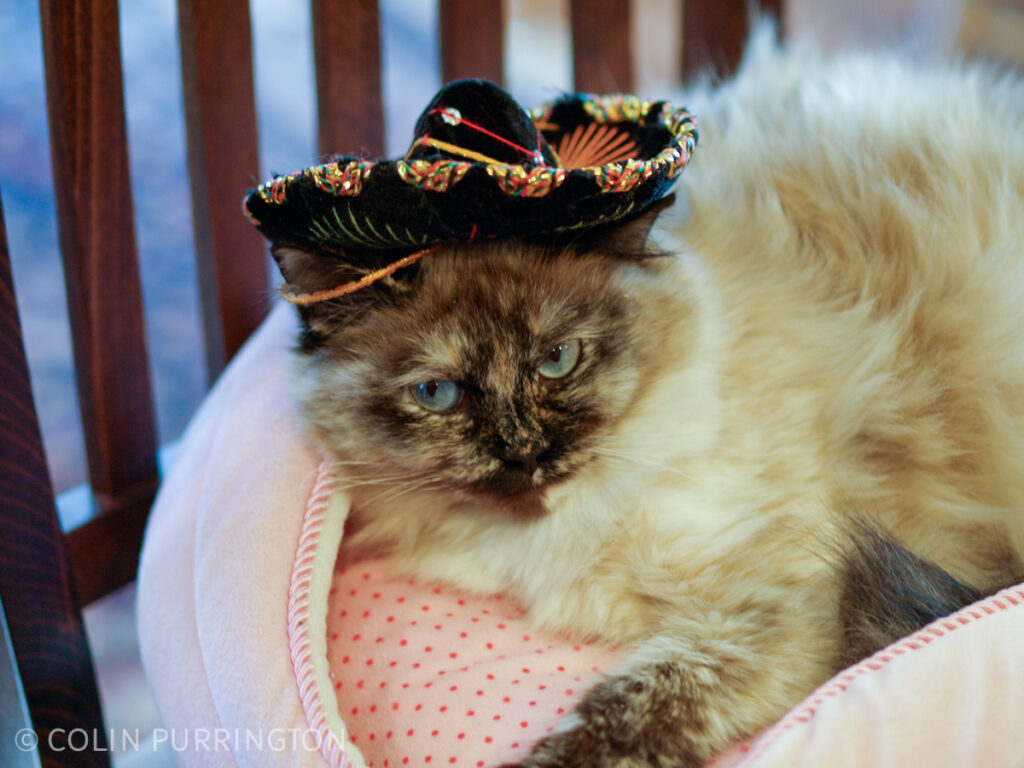
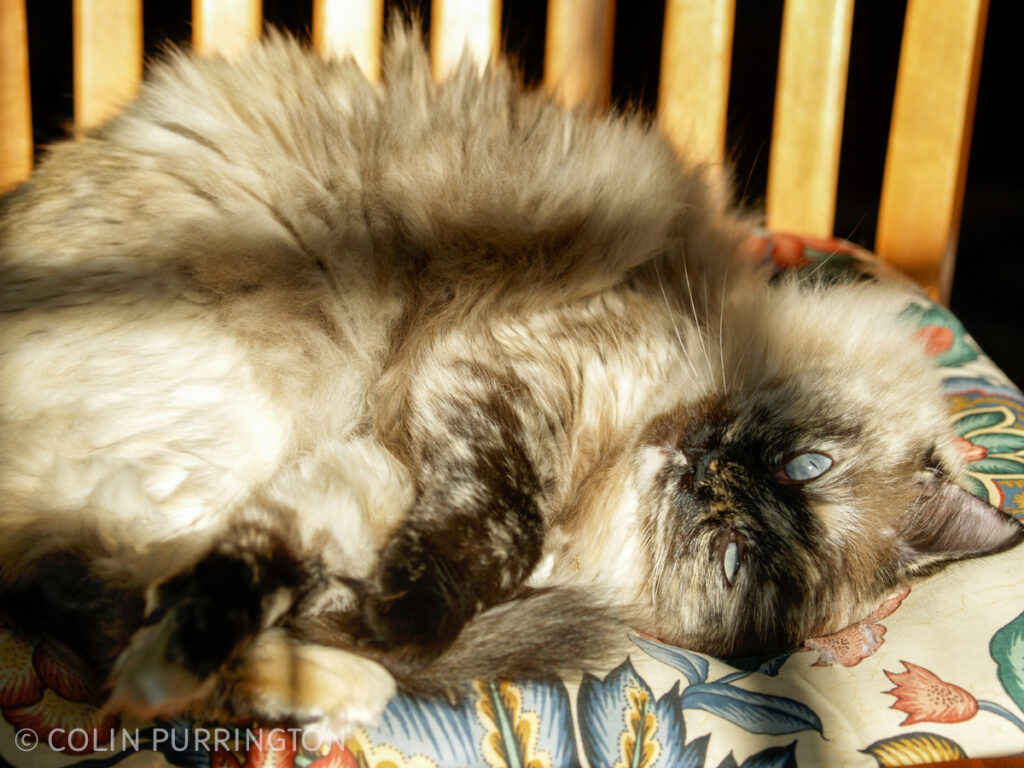
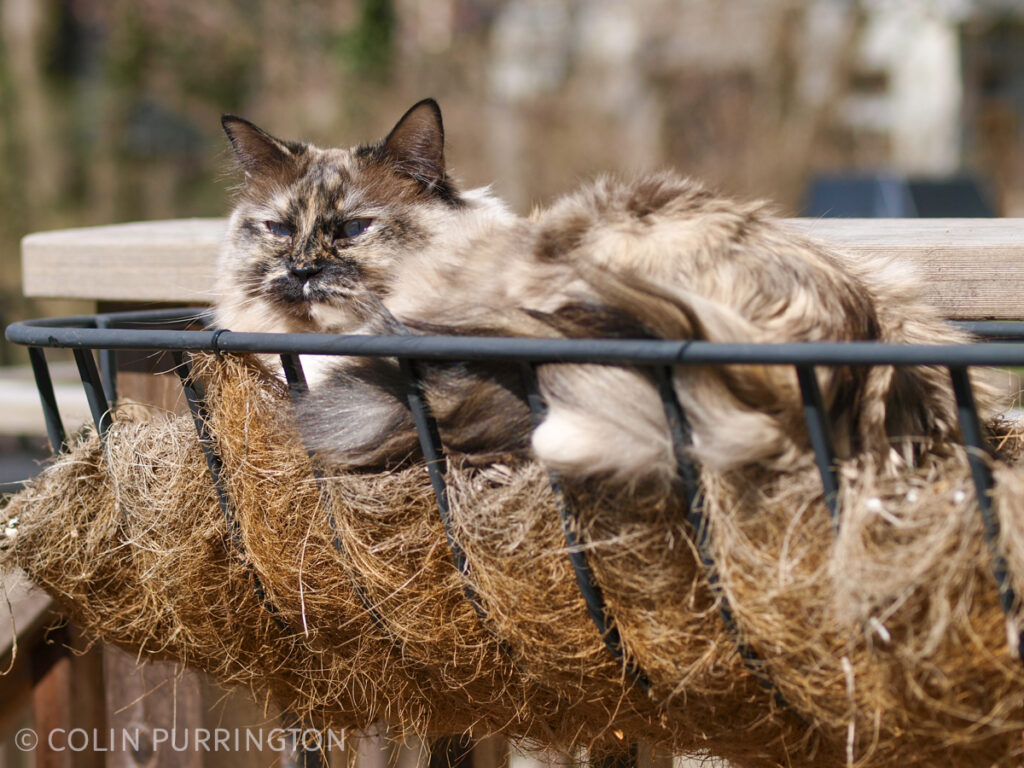
I have of course posted her information to a variety of missing-cat groups (e.g., here and here) as well as filed a police report. And there is always the possibility that she just went to a quiet place to die, which is something cats do when they get to the end of their nine lives, and at 18 that point was likely near. Finally, I can’t rule out that a coyote took her. Coyotes are present in Delaware County and one in nearby Broomall was recently seen carrying off a dog. And there are some free-range dogs in the neighborhood, too.
If anyone has leads, please contact me or Officer Mattioli (610-543-0123) of the Swarthmore Police Department.


